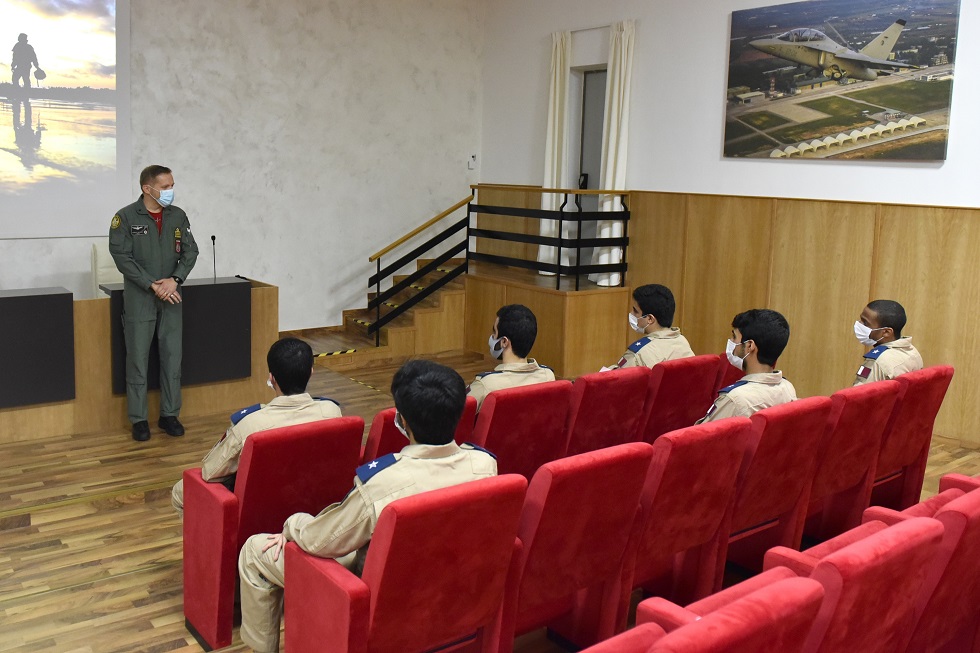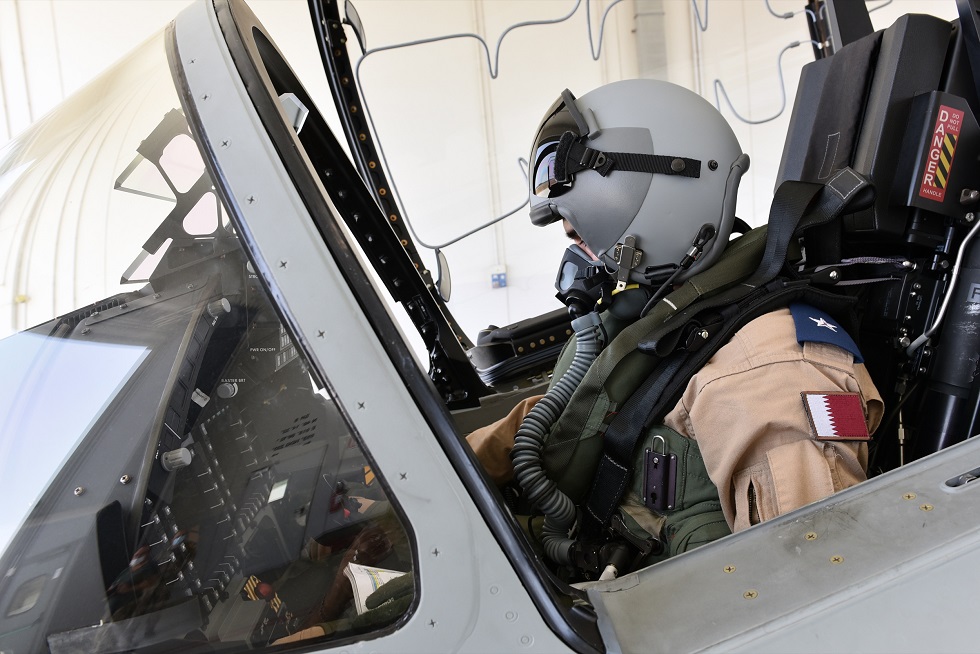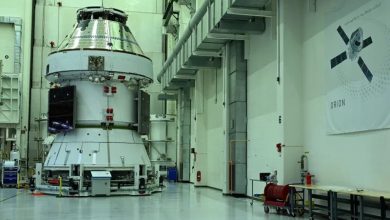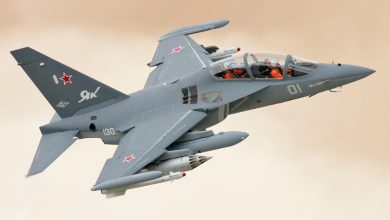
A significant achievement for the International Flight Training School (IFTS), the premier advanced flight training facility for air force aviators globally, initiated in partnership between the Italian Air Force and Leonardo.
The initial six cadets from the Qatar Emiri Air Force (QEAF) have successfully completed phase IV of the Advanced/Lead-In to Fighter Training program at the International Flight Training School (IFTS), inaugurated one year ago at the 61st Wing of the Italian Air Force base in Lecce-Galatina, Italy.
Established in 2017, the IFTS initiative is a collaboration between the Italian Air Force and Leonardo that positions itself as a center of excellence in military pilot education, aimed at satisfying the increasing demand for sophisticated training from partner and allied nations. This partnership has enabled the doubling of the current training offerings through the establishment of a new hub, which is distributed between the Galatina base—where the Italian Air Force will persist in its foundational training activities—and the Decimomannu Air Base in Sardinia, where a new advanced pilot training campus is being developed.



The project, which exemplifies unparalleled collaboration between Italian public and private sectors for the welfare of the nation, amalgamates two premier Italian centers of excellence: the Italian Air Force’s over 75 years of military aviation training prowess, acquired at its flight training facility in Galatina, along with the technical superiority of Leonardo, Italy’s foremost entity in aerospace, defense, and security.
Targeted at pilots preparing for contemporary fighter aircraft, such as the Eurofighter and the F-35, the IFTS programs are administered by military and civilian trainers and rely on the advanced T-346 ITS (Integrated Training System), Leonardo’s M-346, referred to as T-346A by the Italian Air Force.
On the 1st of June, the newly certified Qatari pilots returned to their homeland after nearly a year of rigorous training, which was made even more demanding due to the global pandemic. The training course commenced with an initial stage designed to acclimate the pilots (all with turboprop backgrounds) to the requirements of the phase IV curriculum, covering the established fighter pilot training syllabus. This enabled students to practice flying in diverse modern operational scenarios, managing advanced sensors and various mission systems currently in operation (both airborne and terrestrial), with a total of approximately 150 simulator and actual flight training sessions completed.
The Galatina air base is presently instructing two additional cohorts of Qatari aviators, while the technical collaboration agreement anticipates the delivery of more QEAF programs at the new campus in Decimomannu, Sardinia.






